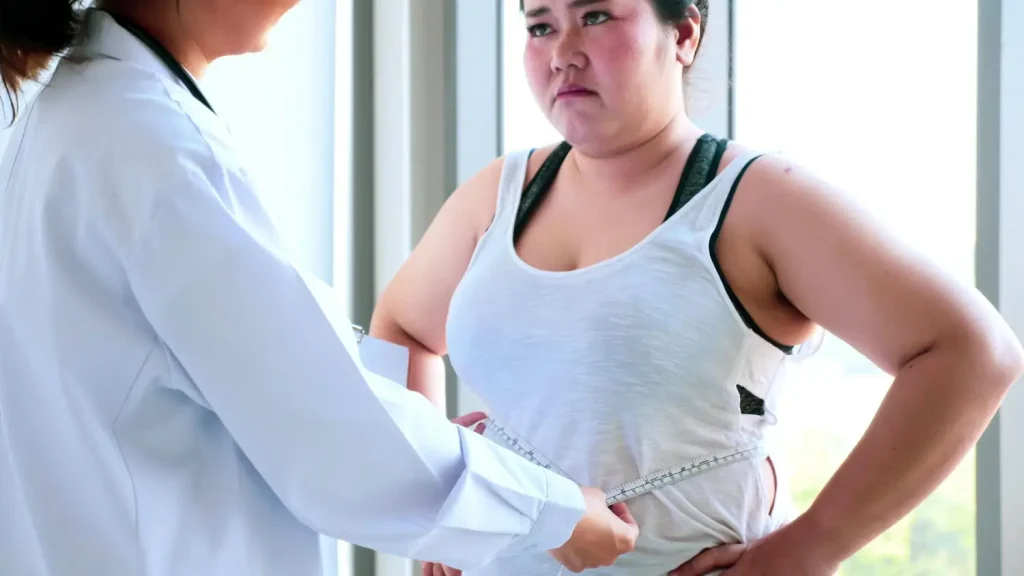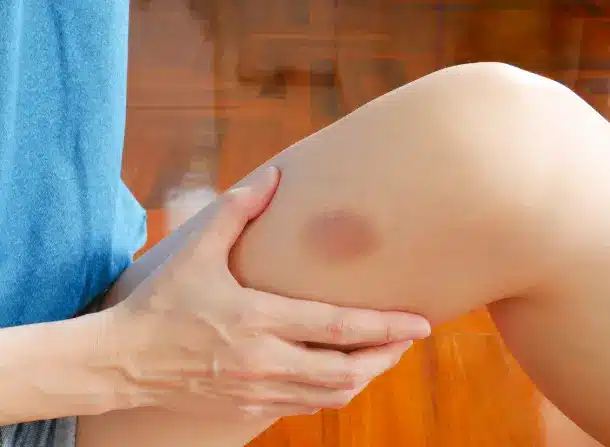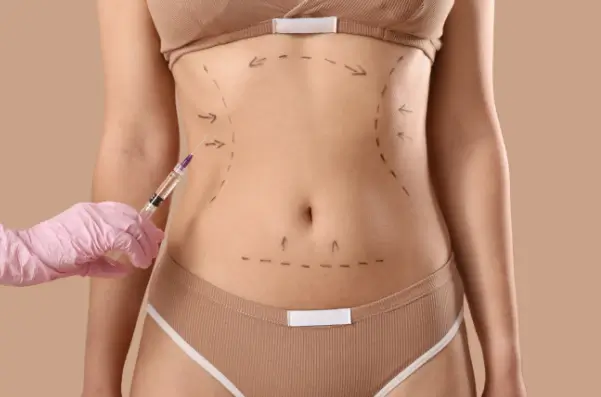Safety considerations are paramount in the medical field, particularly when it comes to the use of medical devices. Healthcare products must demonstrate safety and effectiveness before being sold, with safety standards constantly evolving alongside technology.
Hyacorp, known for its range of dermal fillers, is subject to these rigorous safety standards. While the FDA has approved various dermal fillers, medical professionals need to verify the regulatory status of products like Hyacorp to ensure compliance and patient safety
In this article, we will explore the FDA’s stance on Hyacorp, delve into its unique properties, and guide you through the world of injectable fillers.
Key Takeaways
- Hyacorp is a dermal filler commonly used for buttock augmentation and facial rejuvenation.
- The FDA approval status of Hyacorp in the United States is a crucial consideration for medical professionals.
- Understanding the regulatory requirements and safety considerations associated with Hyacorp is essential for safe and effective use in clinical practice.
About: Medical Spa RX provides premium products at the best prices for medical practices. If you want to buy Hyacorp for your practice, the sales representatives at Medical Spa RX can guide you.
Is Hyacorp FDA Approved?

The FDA has not approved the use of Hyacorp in the United States, so doctors cannot legally use it for face and body contouring treatments. Getting FDA approval takes a lot of work, so patients browse through reviews of popular procedures like Hyacorp MLF1 vs. MLF2.
The FDA examines these products as high-risk items before allowing them to market. This pre-market review ensures that only safe and effective fillers reach patients. It’s about protecting health while supporting innovation in medical aesthetics.
To gain FDA approval, dermal fillers must undergo a series of regulatory steps. The process checks for safety and effectiveness. All dermal fillers need to be tested in clinical trials.
Safety Considerations and Adverse Events Associated with Hyacorp

Hyacorp injections, like any medical treatment, carry risks. Medical professionals should be aware of these potential dangers to ensure patient safety. Here’s a closer look at the risks and adverse events linked to Hyacorp injections:
- Increased Adverse Events: Compared to other hyaluronic acid fillers, Hyacorp-1000 and Hyacorp-S (H-800) are linked with a higher risk of side effects.
- Mild to Severe Reactions: After getting Hyacorp injections, some patients might face mild reactions like bruising or swelling. Others could have more severe issues, such as inflammation or difficulty moving the injected area.
- Non-FDA Approval Concerns: Since Hyacorp is not FDA-approved in the United States, it may pose higher risks than approved fillers.
- Cross-Linked HA Products Risks: Reports claim that fillers like Hyacorp, which use intensely cross-linked hyaluronic acid, may have a greater risk for adverse effects than those that don’t.
- Common Side Effects: Patients often report common problems such as swelling and redness at the injection site.
Recommendations for Safe and Effective Use of Hyacorp
Choosing the suitable patients and using Hyacorp fillers correctly is critical to safe and effective treatments. These practices ensure that medical professionals and their patients have a good experience.
- Always start with a detailed consultation to understand the patient’s health history and treatment goals. This step helps them decide if Hyacorp is the right choice for them.
- Ensure the patient knows what to expect from the treatment, including possible results and risks. Education builds trust and sets realistic expectations.
- Use Hyacorp fillers according to the recommended guidelines. This ensures the best results and minimizes risks.
- Check that you have the correct technique for injection. This is crucial for achieving desired outcomes and avoiding complications.
- Consider the specific areas of the face or body being treated, as some require more expertise than others.
After selecting the suitable patients, following the rules and what the labels say is critical. This ensures Hyacorp’s use is safe and works well. The FDA says dermal fillers need clear labels for safe use.
Conclusion
The FDA approval status of Hyacorp is an important consideration for medical professionals. While Hyacorp may be available in some international markets, its use in the United States should be approached with caution due to the lack of FDA approval.
Understanding the regulatory requirements, safety considerations, and best practices for using Hyacorp is essential for medical professionals to make informed decisions and ensure safe and effective patient care. Adhering to regulatory guidelines, staying informed about clinical data, and prioritizing patient safety is paramount when considering using Hyacorp in clinical practice.
FAQs
1. Is Hyacorp approved by the FDA?
No, Hyacorp has not been approved by the FDA.
2. Can I still use Hyacorp if it’s not FDA-approved?
Yes, but it’s essential to consult with a healthcare professional first.
3. Why isn’t Hyacorp FDA-approved?
The FDA has specific requirements and standards that Hyacorp still needs to meet.
4. Are there any risks in using non-FDA-approved products like Hyacorp?
Yes, using non-FDA-approved products can have unknown risks.
5. Where can I find more information about the safety of using Hyacorp?
Talk to a healthcare provider for reliable information on the safety of using Hyacorp.
References
UL Solutions. (n.d.). Medical Device Safety and Compliance. Retrieved from https://www.ul.com/insights/medical-device-safety-and-compliance
U.S. Food and Drug Administration. (n.d.). FDA-Approved Dermal Fillers. Retrieved from https://www.fda.gov/medical-devices/aesthetic-cosmetic-devices/fda-approved-dermal-fillers





















